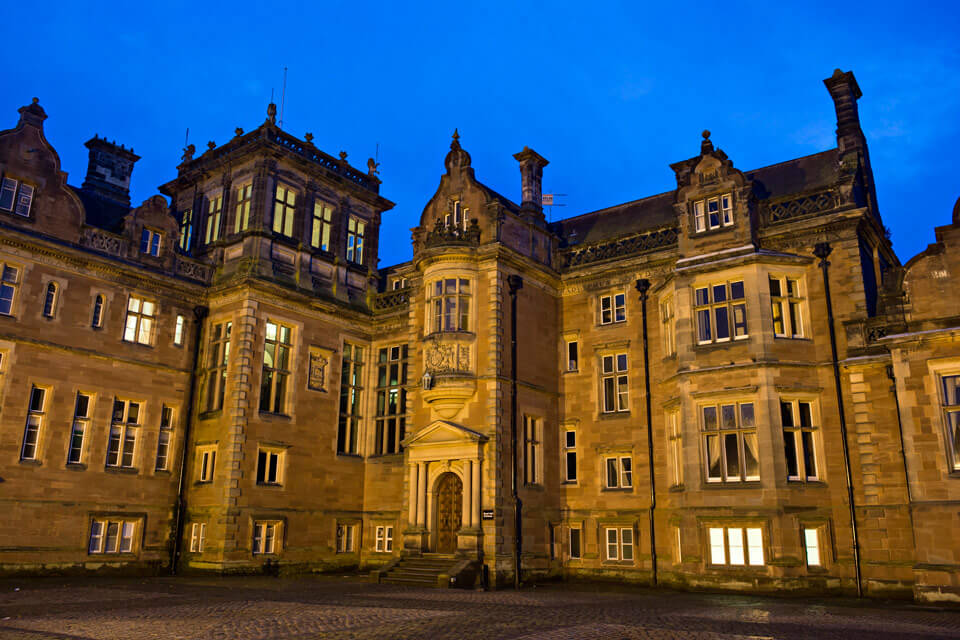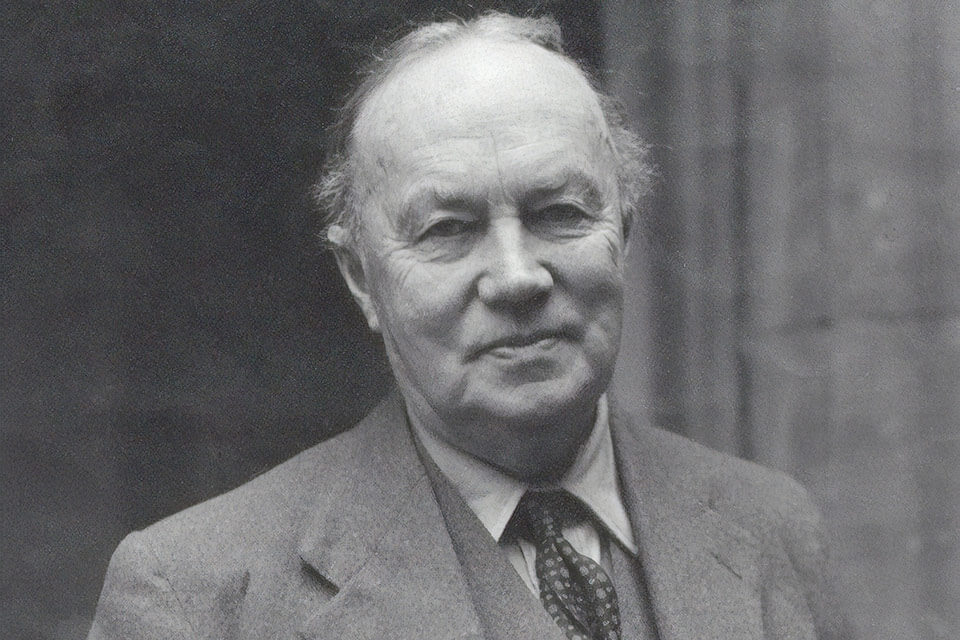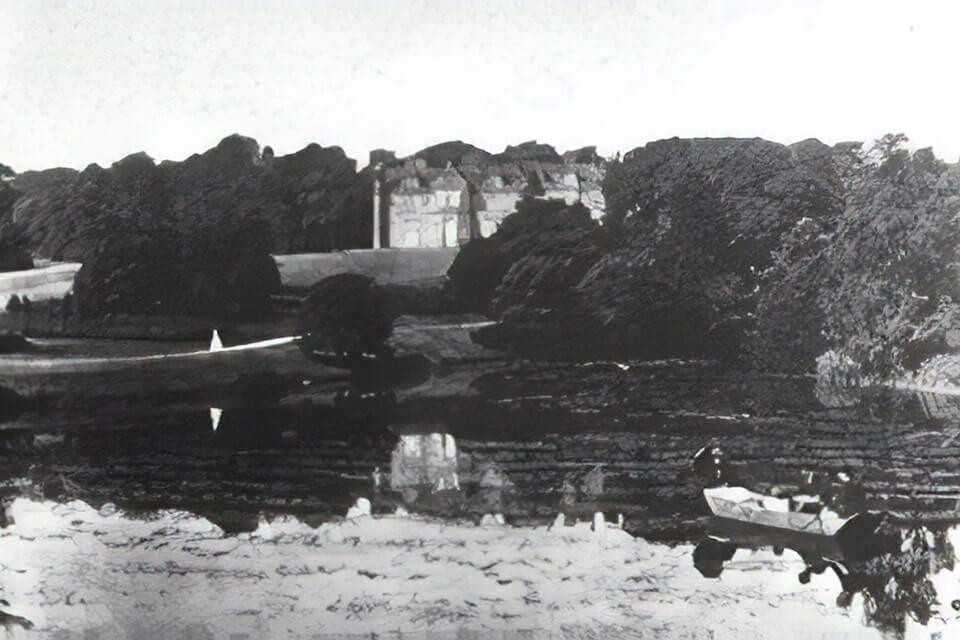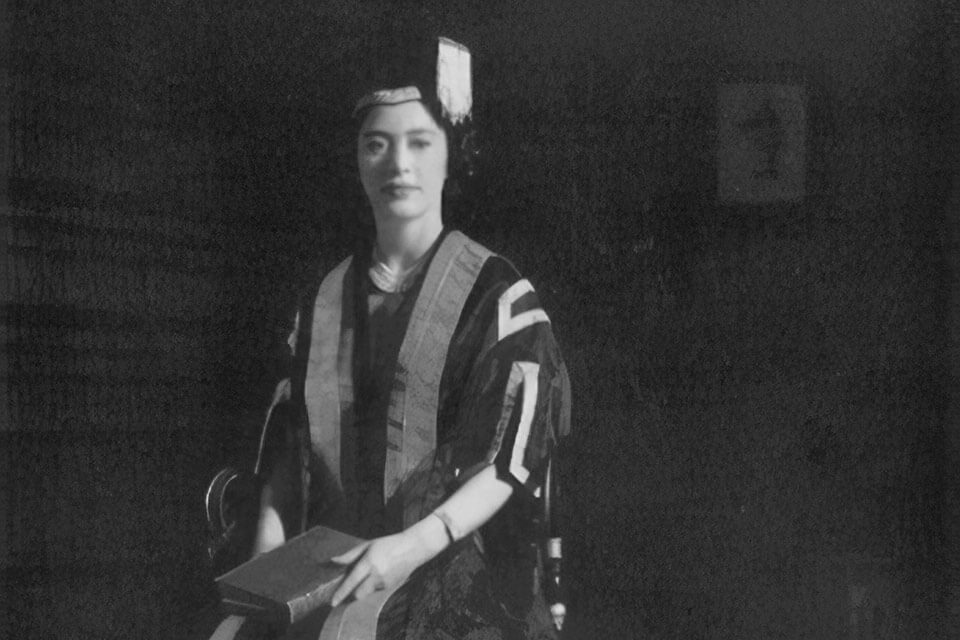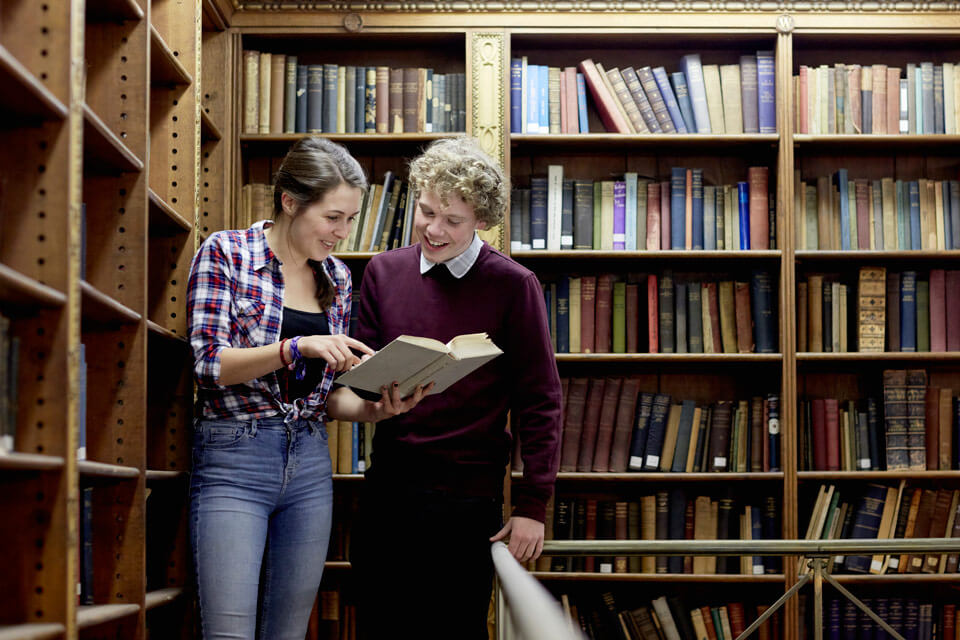Our History
Founded in 1949 with a commitment to meet the demands of a new kind of society, economy and world, Keele was the first new university of the 20th Century and remains true to its original mission today.
Keele University occupies (in 2017) a 620-acre (250 hectare) rural campus close to the village of Keele and comprises extensive woodlands, small lakes and Keele Hall in the historic Staffordshire Potteries heartland.
The estate was originally given by King Henry II of England to the Knights Templars, AD 1180. When the Templars were condemned and dissolved by the Council of Vienne in the time of Pope Clement V AD 1311, their possessions were annexed by the Knights Hospitallers until their dissolution by Henry VIII.
The estate was purchased from the Crown by the Sneyd family in 1540 and remained in their property until acquisition by the Stoke-on-Trent Corporation in 1948.
The first Keele Hall was built in 1580 and it was rebuilt in 1860. The Hall is a major conference, wedding and banqueting venue and has Grade II listing from English Heritage for its architectural importance.
The University itself was founded as the University College of North Staffordshire in 1949 and received its Charter as the University of Keele in 1962.
By 1969 Keele University was being described as "the most original innovation in British university education in the 20th century".
So, how did such a remarkable achievement come about at a dilapidated old house near a little-known village in Staffordshire rather than, as might be expected, in a major city or at an existing academic powerhouse? Read more about the history of Keele:
Explore the history of Keele
Degree From A Daughter (1965)
Princess Margaret presents an honorary Degree of Letters to her mother Queen Elizabeth the Queen at Keele University




